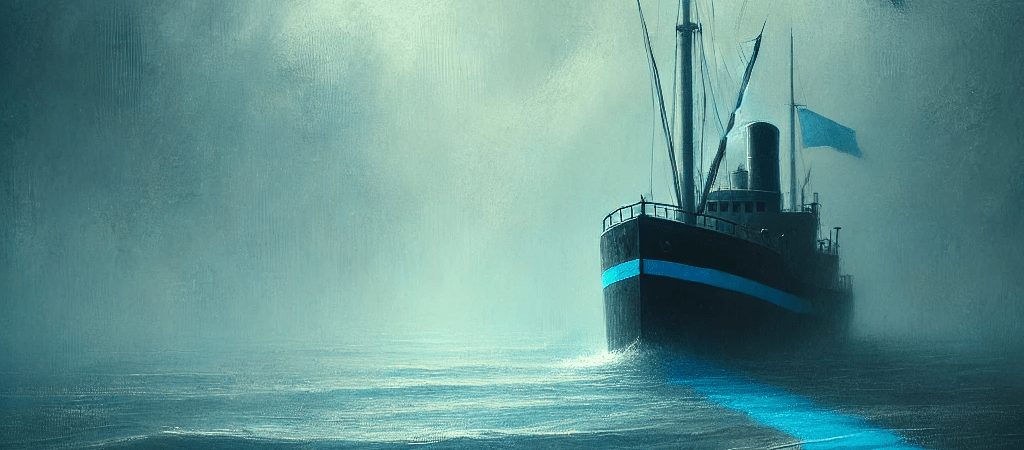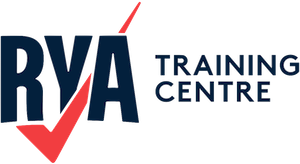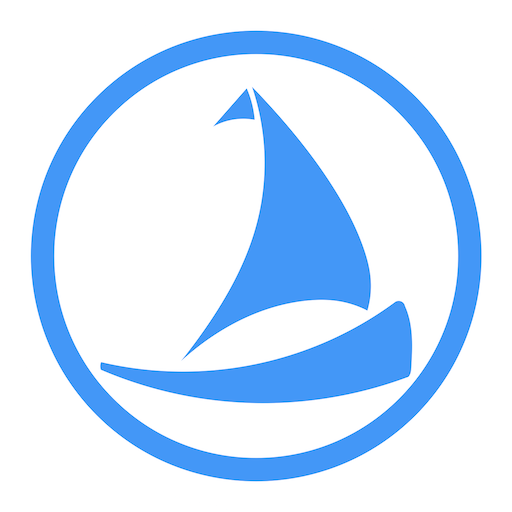Glossary Archive
Feeling Blue
The phrase "feeling blue" is commonly used to describe sadness or melancholy, and its origins are often linked to nautical traditions. Nautical Origin: In maritime tradition, when a ship lost its captain, the crew would raise blue flags and paint a blue stripe along the hull to signal mourning. This custom is thought to have...
Fender
A fender is a cushioning device used on boats and ships to prevent damage to the vessel or dock when they come into contact, particularly when coming alongside. Fenders are typically made of rubber, foam, or other materials that absorb impact and protect the hull from scratches or dents. They are usually attached to the...
Fetch
The distance travelled by the wind when crossing open water. The height of the waves is proportional to the fetch and strength of the wind
Fid
A tapered tool used for separating the strands of rope for splicing.
Figure of Eight
A type of knot commonly used to create a secure stopper at the end of a rope, preventing it from slipping through a block, cleat, or pulley. The Figure of Eight knot, also known as the "Figure Eight stopper knot," is a fundamental and widely used knot in the maritime world. Its primary purpose is...
First Aid
The RYA First Aid course is a one-day program tailored to the unique challenges of the marine environment. Participants learn essential first aid techniques, including CPR, treating hypothermia, and managing injuries at sea. The course also covers using marine-specific safety equipment and responding to emergencies like drowning or cold water shock. It’s a vital qualification...
First Substitute (ICS Flag)
Substitute or repeater flags allow messages with duplicate characters to be signalled without requiring multiple sets of flags.
Fix
The position of a vessel as plotted on the chart from position lines obtained by compass bearings, direction finder, echo sounder etc.
Flag Semaphore Signals
A system for conveying information at a distance through visual signals using hand-held flags. The position of the flags encodes the information; it is read when the flag is in a fixed position. Semaphores were adopted and widely used (with hand-held flags replacing the mechanical arms of shutter semaphores) in the maritime world in the 19th...
Flake
Noun: flake Verb: flaking A flake is how a line (rope) or a sail is neatly laid out in loose, flat loops or folds to prevent tangling or kinking. Flakes help maintain the condition of the lines or sails and allow for efficient handling when they need to be used again. Flaking a line Flaking...



